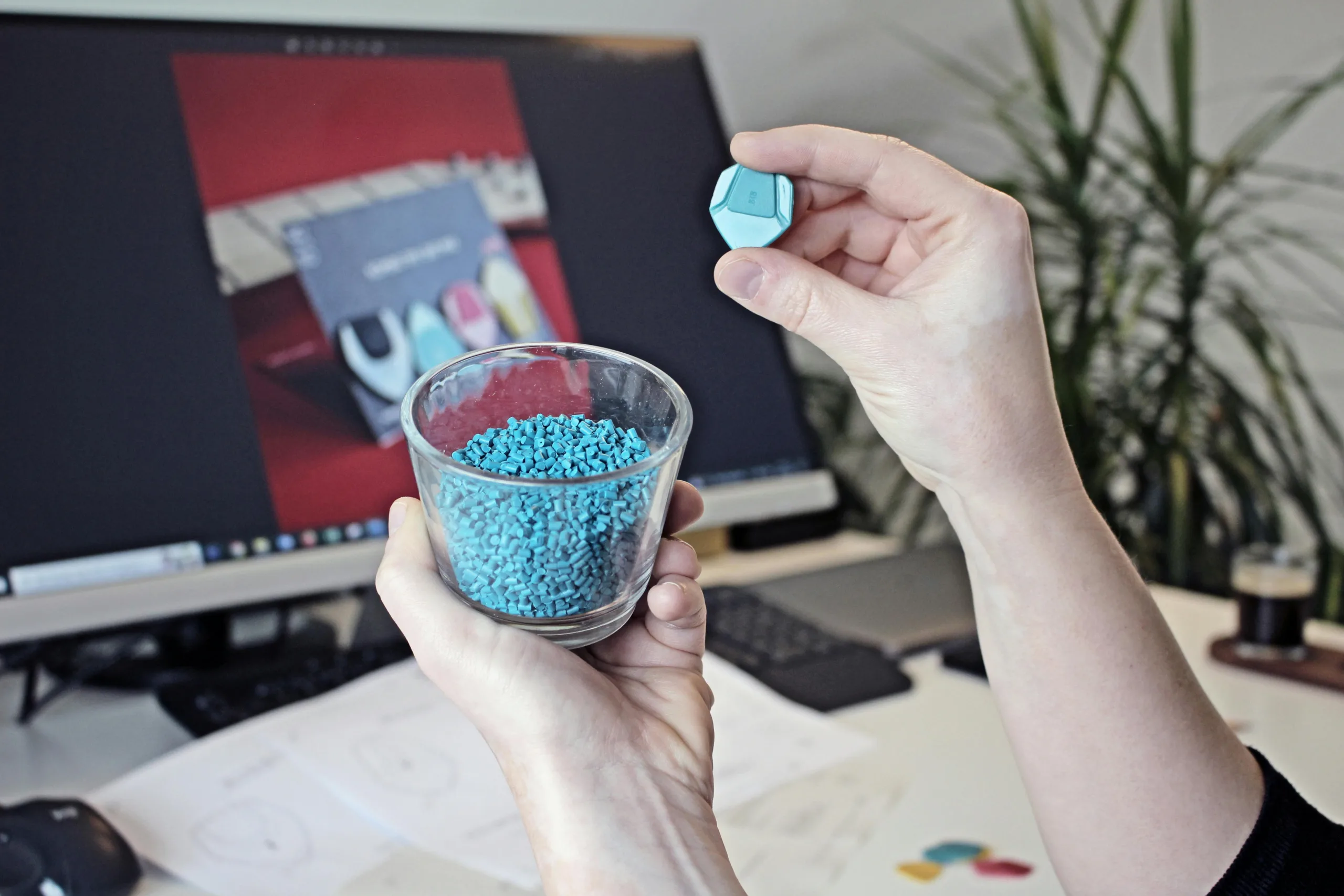No two polymers are the same. They exhibit different properties depending on key characteristics, such as their molecular weight. Polymer molecular weight (MW) describes the molar mass distribution of a polymer chain, which determines the weight of the macromolecule itself. This can be a difficult subject to unravel, given the sheer diversity of polymeric structures at the molecular level. In fact, it is nigh on impossible to achieve consistent molecular weights within polymer species, therefore the distribution of molecular weight values is assessed via a series of numeric averages.
This blog post will explore the typical molecular weights of some common polymers to put the theory into context:
Polyethylene Terephthalate (PET)
Polyethylene terephthalate (PET) is a pervasive thermoplastic polymer resin with a typical molecular weight of between 8,000 – 31,000. It is used to fabricate an array of commercial and industrial products, including windows, tire cord filaments, and plastic bottles for carbonated drinks. Over 60% of the world’s PET is used to produce synthetic fibres for apparel and industrial purposes.
High Density Polyethylene (HDPE)
High Density Polyethylene (HDPE) is a lightweight, high-strength engineering polymer. It typically displays a molecular weight in the region of 100,000 – 250,000 and is renowned for its exceptional strength-to-density ratios. HDPE is routinely used to fabricate plastic bags and bottles, toys, and pipe systems. The primary benefit of HDPE is its resistance to an extensive range of solvents and corrosives, resulting in low molecular weight degradation in the presence of harmful substances. Polyethylene can also be found in high and ultrahigh MW versions with molecular weights in the millions of Daltons.
Polycarbonate (PC)
Polycarbonate (PC) is a thermoplastic polymer designed to exhibit high toughness and good formability to offer excellent functionalities for both commercial and industrial uses. As such, it features one of the broadest polymer molecular weight ranges observed with typical values measuring between 50,000 – 300,000. This durable material is used to manufacture tough electronic components, and structural components for transit applications. The processability of PC is largely dependent upon its molar distribution, with lower mass grades exhibiting superior degrees of formability over higher grades. However, this is accompanied by a proportional drop in the polymer’s strength values.
Polyamide
Polyamide, or Nylon 6, is a lightweight polymer chain comprising multiple amide bonds. They display comparatively low molecular weights of 10,000 – 50,000 and are broadly used to manufacture non-woven fabrics and packaging materials. It is most commonly used in the automotive sector for application as interior textiles.
Polyurethane (PU)
Polyurethane (PU) chains exhibit similar molecular weight profiles to polycarbonates, ranging from 50,000 – 300,000. However, they are synthesized using urethanes as opposed to carbonate elements for improved malleability. Despite their similar molecular weight ranges, PU chains are more commonly used to fabricate flexible or insulating components such as foam sponges and textiles.
Polystyrene (PS)
Among the most instantly recognisable inorganic polymers, polystyrene (PS) is one of the most broadly-used packaging mediums in the world. It displays a wide molecular weight range of 100,000 – 400,000 and is routinely used to fabricate car parts, tissue culture trays, and packaging for a limitless range of commodities.
Molecular Weight Analysis with RQM+ Lab Services
RQM+ Lab Services is an expert in the field of polymer molecular weight analysis. We operate one of the country’s leading gel permeation chromatography (GPC) facilities for determining the molecular weight of polymer products with rapid turnarounds.
If you would like any more information about performing molecular weight analysis with RQM+ Lab Services, please do not hesitate to contact us today.
